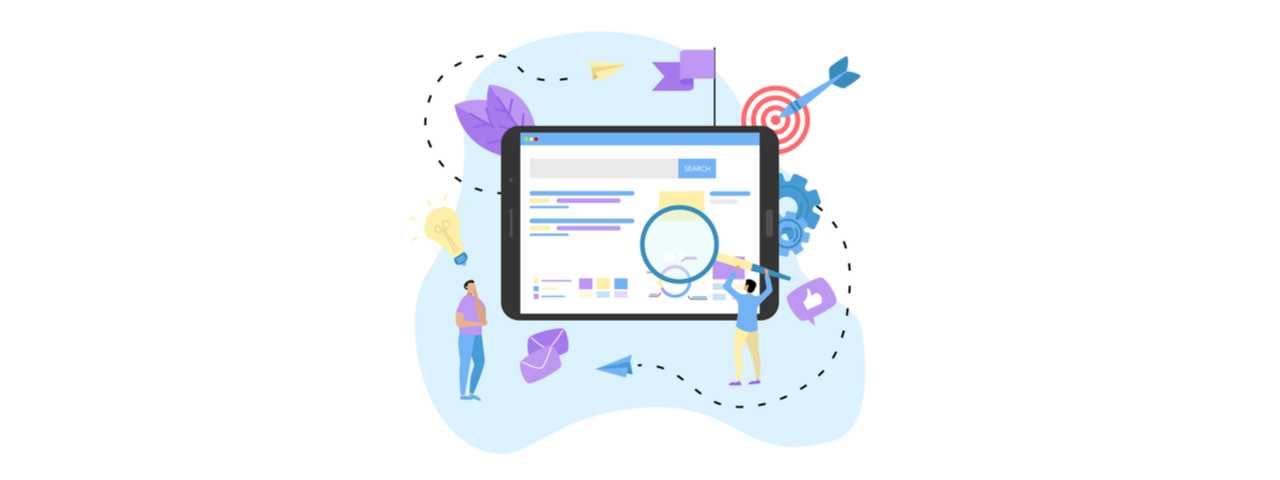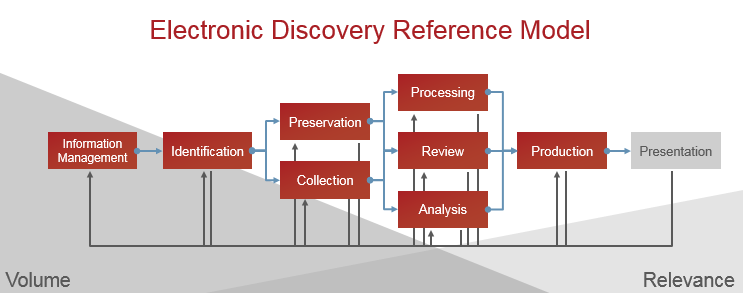
Your organization just got served a lawsuit and the judge is ordering you to isolate all information (emails, files, messages, and records) relating to the incident in question and those involved. How do you approach producing all of that data? This complex process, from data identification to presentation, with electronic information is eDiscovery.
Throughout this series, we will outline the legal landscape of eDiscovery, the steps involved in its completion, the challenges to this process, and a ZL product update on our eDiscovery solution.
The legal mandate for eDiscovery
The directives for civil procedures in the United States, including eDiscovery, is dictated by the Federal Rules of Civil Procedure (FRCP). Modern eDiscovery was initiated in 2006 when the FRCP made sweeping changes to their rules, including the addition of electronic information and the introduction of “reasonable access,” requiring transparency in sharing information with the opposing counsel. Some other notable rules established by the FRCP over the years are:
- 26(b)1: Courts can limit the scope of eDiscovery if the burden of production outweighs the potential benefits
- 26(d)(2): Organizations are free to use any eDiscovery methodology so long as it produces results
- 26(f): Both parties must meet and agree on the terms and search requirements before either can begin their own eDiscovery process
- 37: Penalizes and sanctions parties who do not fully comply and produce documents required for a fair trial
Stages of eDiscovery

Breaking down the eDiscovery process, there are two core components: left- and right-hand eDiscovery. In which left-hand eDiscovery focuses on narrowing the volume of data for review and the right-hand brings forward only the most relevant documents and presents it to all parties involved.
All of which is built on the foundation of good governance, as it is near-impossible to isolate key documents without a system designed for complex and high-quality search. Consequently, converging eDiscovery with information governance, typically through an archive solution, dramatically reduces legal review times and fees.
With a governance strategy in place, the next left-hand step of eDiscovery is to search and identify all relevant information to the trial; failure to do so will result in the immediate loss of your case. Once the documents are identified, they must be preserved and placed on legal hold so that users cannot alter or delete them prior to the trial. In tandem, collection further culls your organization’s data through iterative searches. With these stages complete, the collected documents are then exported for the right-hand side of eDiscovery.
The legal team, or whoever handles your right-hand eDiscovery, will then process these documents in a review platform, often transforming their native formats into something more paper-like for easier inspection. Once organized, these records will be reviewed to weed out any documents that were falsely flagged as relevant and those documents that are deemed privileged and protected from distribution. Once only the documents that will be used in the case are found, the legal team will analyze them to assess their likelihood of winning the case. In production, the legal team will hand the final reviewed documents over to the opposing counsel so they can perform their own analysis. If the case goes to trial, the information is then presented as evidence.
With this basic overview of the eDiscovery process and the legal landscape that mandates it, we will further explore other intricacies of modern eDiscovery. Follow the rest of our eDiscovery blog series:
- Legal landscape and eDiscovery steps (this post)
- Modern eDiscovery challenges
- Product update: ZL UA for eDiscovery
Related Posts
Additional Resources
A New Approach to eDiscovery Search
Gain an early case advantage with enterprise-wide search...
Win or Settle Early with Proactive eDiscovery
Insight into electronic evidence is critical early in a case. However, insights are limited by the constraints of today’s search…...
Why File Disposition Is Necessary
More than 30% data in file shares are ROTs....


